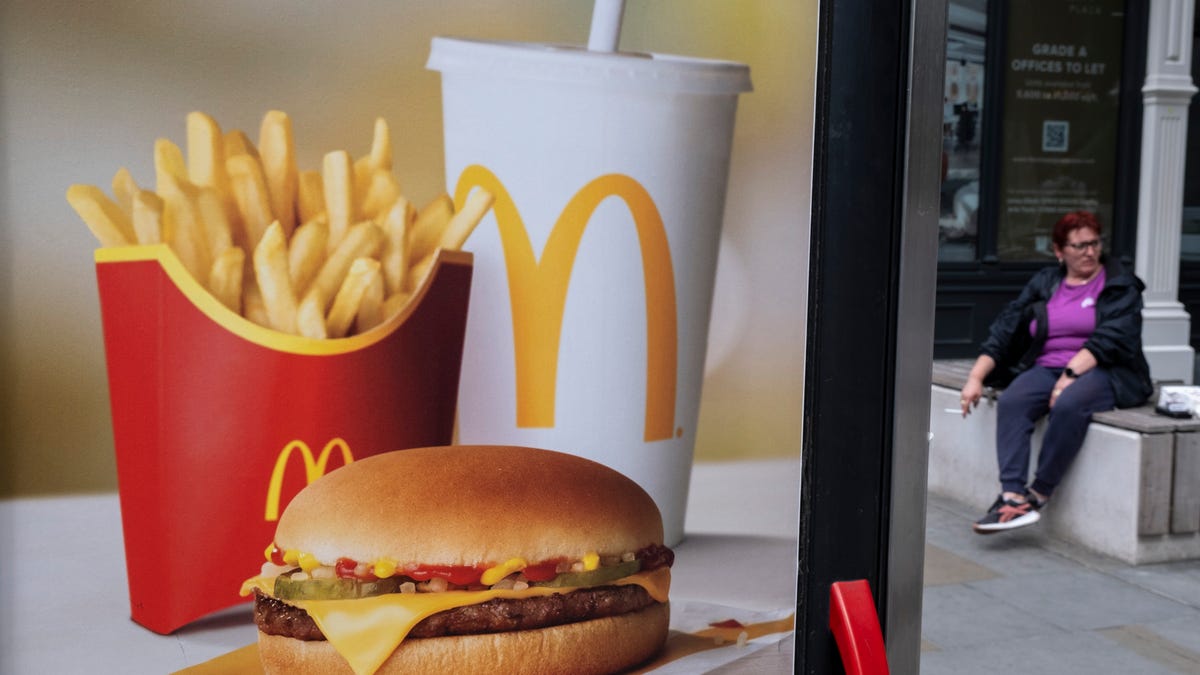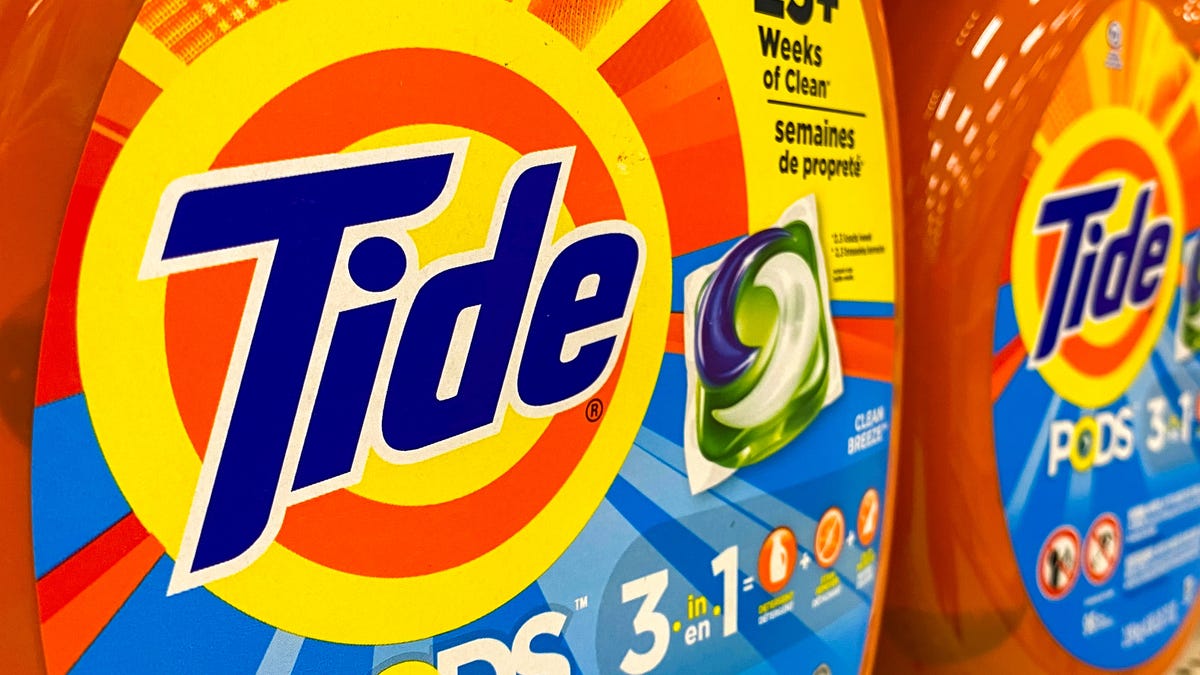The Impact of Rising Fast Food Prices on Consumer Behavior
The perception of fast food as a cheap and convenient option is shifting among consumers, as it is now being viewed more as a “luxury” rather than a budget-friendly choice, according to a recent survey conducted by financial services platform LendingTree.
The primary driver behind this shift in consumer behavior is attributed to the prevalent issue of inflation, which has significantly increased the cost of fast food. This surge in prices has led many consumers to reevaluate their spending habits, resulting in a reduction in their fast food consumption.
Changing Consumer Attitudes Towards Fast Food
The survey of over 2,000 American adults revealed that 78% of respondents now consider fast food to be a luxury due to its escalating expenses. Additionally, half of the participants cited financial struggles as a key reason for viewing fast food as a luxury item.
Furthermore, the study highlighted that 71% of individuals earning below $30,000 annually, as well as 58% of parents with young children, 58% of Gen Zers, and 53% of women share the sentiment that fast food has become a luxury rather than an affordable meal option.
As a result of these rising costs, consumers are opting to reduce their fast food consumption and are seeking more cost-effective alternatives. Many individuals are opting to purchase groceries and prepare meals at home rather than dining out, even at fast food establishments.
Consumer Response to Increasing Fast Food Prices
Despite the fact that three out of four Americans typically consume fast food at least once a week, the survey findings indicate that 62% of respondents have started to decrease their fast food intake due to the escalating prices.
Consumers have been taken aback by the high costs of their fast food purchases, with 65% expressing shock at the amount they have spent on fast food in the past six months. This unexpected surge in prices has prompted consumers to reassess their eating habits and prioritize saving costs by opting for more economical dining options.
In conclusion, the increasing cost of fast food has not only impacted consumer spending habits but has also reshaped the perception of fast food as a luxury rather than an affordable meal option. As individuals continue to navigate through the challenges posed by inflation, their approach to dining out, particularly at fast food restaurants, is undergoing a significant transformation.
Image/Photo credit: source url





